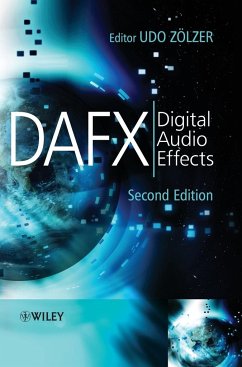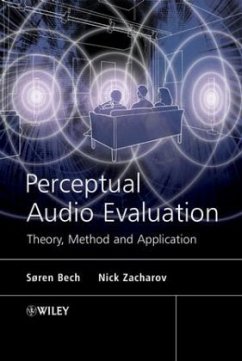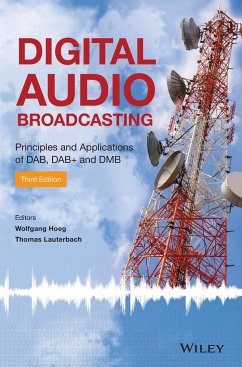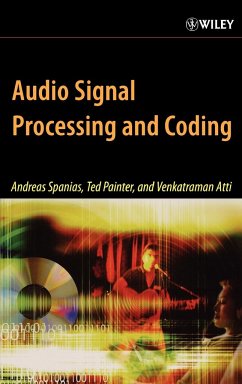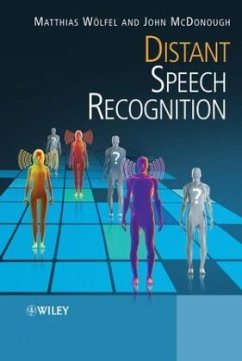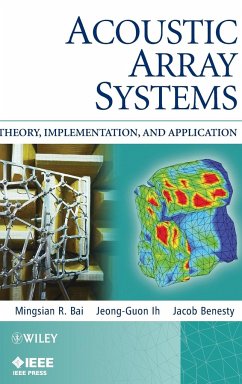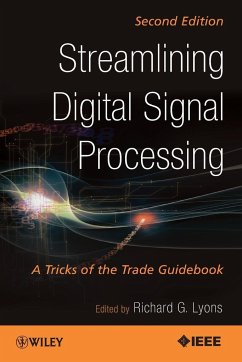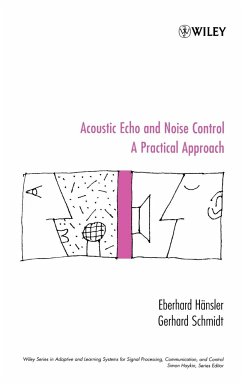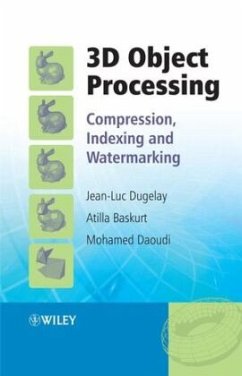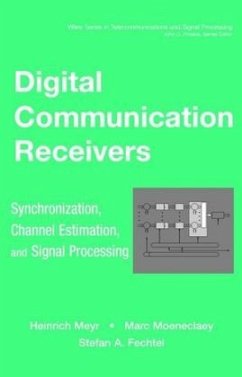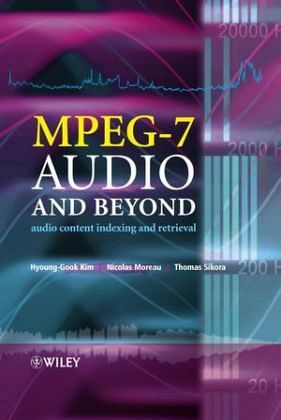
Mpeg-7 Audio and Beyond
Audio Content Indexing and Retrieval

PAYBACK Punkte
67 °P sammeln!
More and more digital audio, images, and videos are being captured, produced and stored but growing interest and research in multimedia databases question the efficient use of information stored in these media types, creating a need for multimedia digital data retrieval techniques.
Advances in technology, such as MP3 players, the Internet and DVDs, have led to the production, storage and distribution of a wealth of audio signals, including speech, music and more general sound signals and their combinations. MPEG-7 audio tools were created to enable the navigation of this data, by providing an established framework for effective multimedia management. MPEG-7 Audio and Beyond: Audio Content Indexing and Retrieval is a unique insight into the technology, covering the following topics:
_ the fundamentals of MPEG-7 audio, principally low-level descriptors and sound classification and similarity;
_ spoken content description, and timbre, melody and tempo music description tools;
_ existing MPEG-7 applications and those currently being developed;
_ examples of audio technology beyond the scope of MPEG-7.
Essential reading for practising electronic and communications engineers designing and implementing MPEG-7 compliant systems, this book will also be a useful reference for researchers and graduate students working with multimedia database technology.
_ the fundamentals of MPEG-7 audio, principally low-level descriptors and sound classification and similarity;
_ spoken content description, and timbre, melody and tempo music description tools;
_ existing MPEG-7 applications and those currently being developed;
_ examples of audio technology beyond the scope of MPEG-7.
Essential reading for practising electronic and communications engineers designing and implementing MPEG-7 compliant systems, this book will also be a useful reference for researchers and graduate students working with multimedia database technology.



